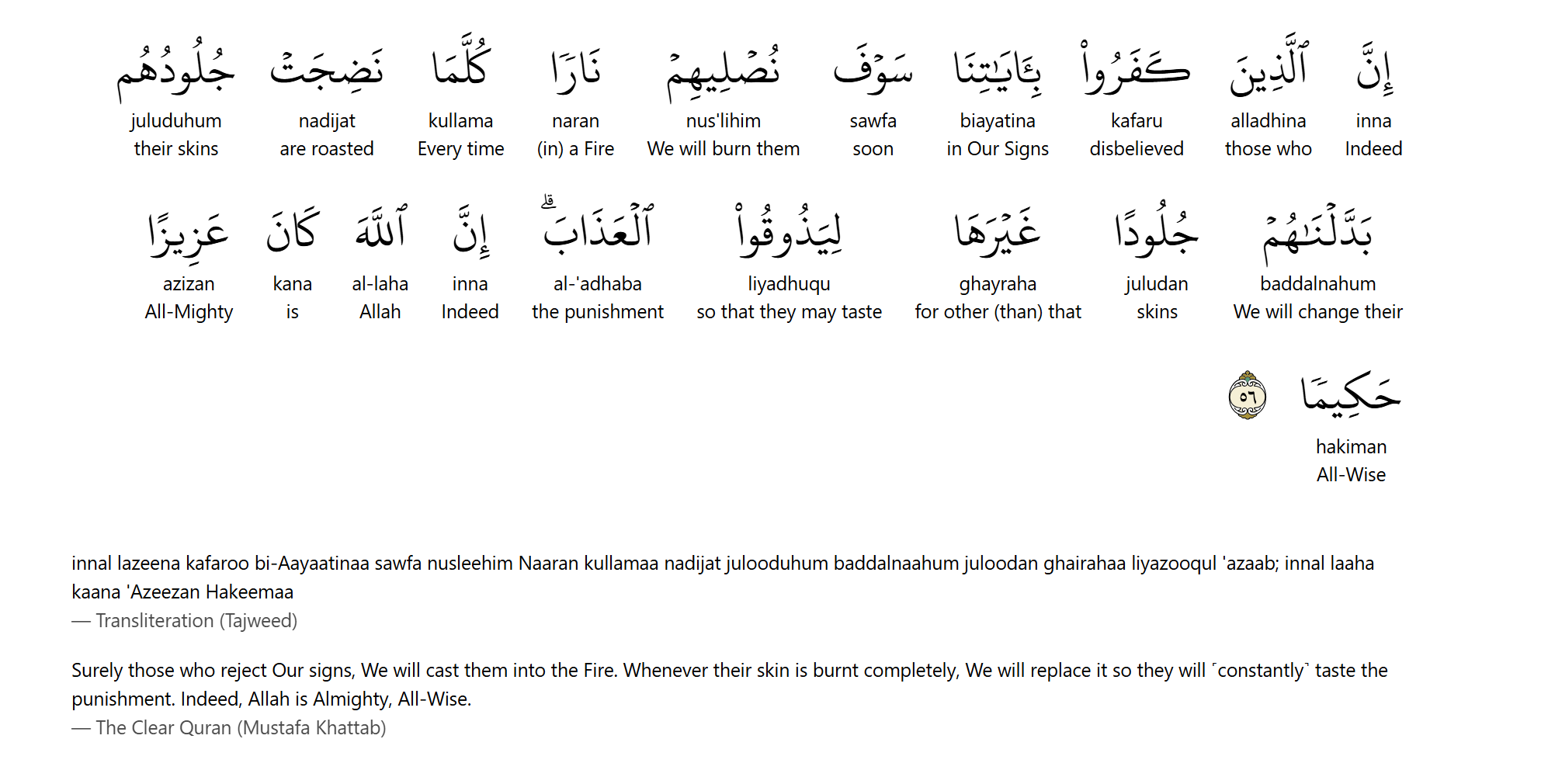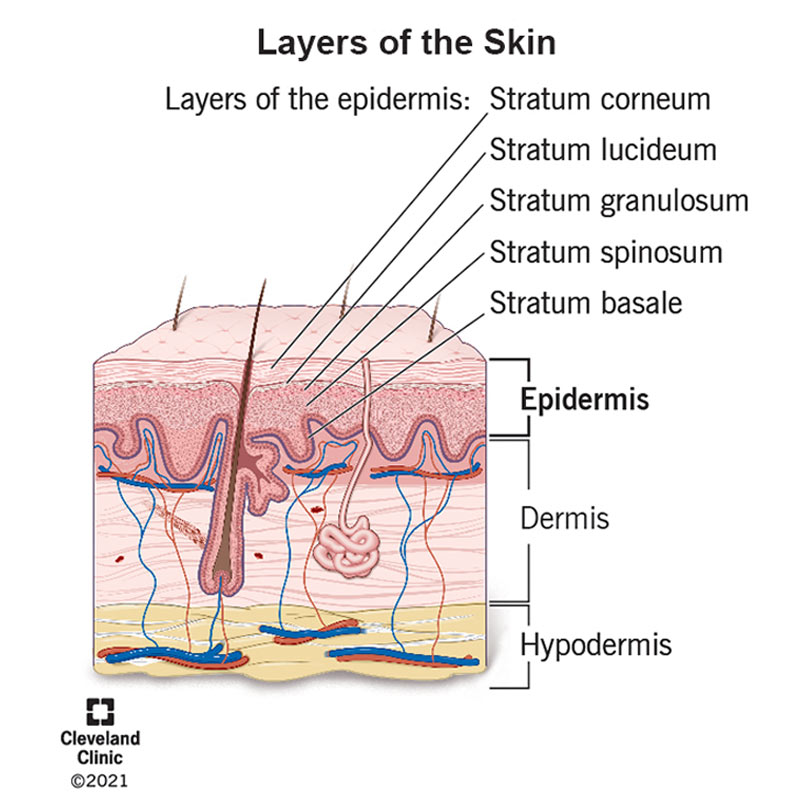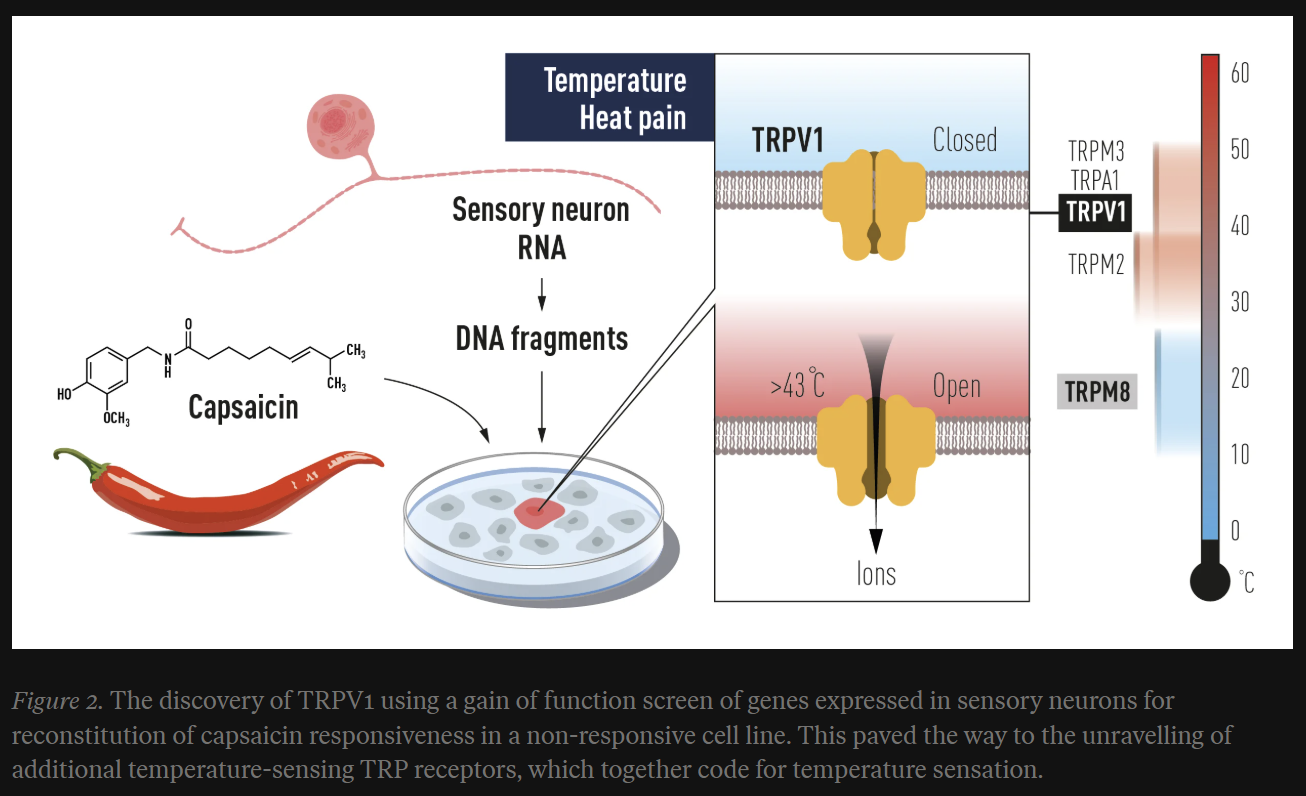SURAH AN NISAA (THE WOMEN):AYAT 56 (QURAN 4:56)

The human skin is a marvel of biological engineering, serving as both a protective barrier and a sophisticated sensory interface. Composed of three primary layers—the epidermis, dermis, and hypodermis—each plays a distinct role in tactile and thermal perception. Beneath the skin, however, the ability to sense heat and pain diminishes, revealing the intricate design of our somatosensory system.

Epidermis: The First Line of Defense
The epidermis, the outermost layer, primarily functions as a shield against environmental hazards. While it lacks direct sensory structures, it houses Merkel cells, which contribute to detecting fine textures and sustained pressure. This layer is constantly regenerating, ensuring resilience against mechanical stress and microbial invasion.
Dermis: The Hub of Sensory Reception
Beneath the epidermis lies the dermis, a richly innervated layer responsible for most tactile and thermal sensations. It contains specialized receptors:
- Meissner’s corpuscles—detect light touch and texture.
- Pacinian corpuscles—respond to deep pressure and vibration.
- Ruffini endings—sense skin stretch and sustained pressure.
- Free nerve endings—mediate pain and temperature perception.
These receptors convert external stimuli into electrical signals, which travel via the nervous system to the brain, allowing us to perceive touch, warmth, and cold.
Hypodermis: Insulation and Cushioning
The hypodermis, composed largely of fat and connective tissue, serves as a thermal insulator and shock absorber. While it contains some nerve endings, its primary function is structural rather than sensory. Below this layer, deeper tissues—including muscles and organs—lack specialized receptors for detecting heat or pain. This explains why internal structures do not directly perceive temperature fluctuations or surface injuries.
Why Deeper Tissues Do Not Feel Heat or Pain
Pain and thermal sensations are mediated by nociceptors and thermoreceptors, which are concentrated in the skin. Deeper tissues, such as muscles and organs, rely on different mechanisms for detecting damage, often responding to chemical changes rather than direct thermal or mechanical stimuli. This is why a burn or cut is intensely felt at the surface but does not register in deeper layers unless inflammation or severe trauma occurs.
The skin is not merely a passive covering—it is a dynamic sensory organ that enables us to interact with the world. Each layer plays a crucial role in perception, ensuring that we can detect and respond to tactile and thermal stimuli. Beneath the skin, however, the absence of specialized receptors renders deeper structures largely insensate to direct heat and pain, highlighting the precision of our sensory system.
In 1944, Joseph Erlanger and Herbert Gasser won the Nobel Prize in Physiology or Medicine for identifying different types of sensory nerve fibers, including those responsible for pain and touch.
Modern Breakthroughs (21st Century): In 2021, David Julius and Ardem Patapoutian were awarded the Nobel Prize in Physiology or Medicine for discovering temperature and touch receptors in the skin. Julius identified TRPV1, a receptor that detects heat, while Patapoutian discovered PIEZO1 and PIEZO2, which respond to mechanical pressure.

The Quran over 1400 years ago explicitly mentions the regeneration of skin in the context of punishment – so it would be felt over and over again confirming the skin is what amplifies the sensation of pain. In Surah An-Nisa (4:56), it states:
“Indeed, those who disbelieve in Our signs—We will drive them into the Fire. Every time their skins are burned away, We will replace them with new skins so they may taste the punishment. Indeed, Allah is Almighty and Wise.”
This verse suggests that the sensation of punishment is tied to the presence of skin, which aligns with modern scientific understanding of pain receptors just confirmed in the last century. The nociceptors responsible for detecting pain are primarily located in the skin and superficial tissues. If the skin were completely destroyed, the ability to feel pain would diminish. The Quranic description of continuous regeneration ensures that the sensation persists, reinforcing the concept of divine justice.
Divine justice is a mainstay in many religious traditions and is a tentpole in the faith of a believer in Islam. Life is a temporary test and an individual’s actions will determine one’s long term outcome. No one will be saved from judgement and potential punishment based on their bloodline or ethnicity. No one can be saved from judgement and the potential punishment for their own actions by believing in an intercessor. Accountability for one’s own actions and earning the mercy of the Lord is the only path to true success.
Divine Justice then serves as the ultimate reckoning for those who stray. Who wield power with cruelty and deception. When individuals orchestrate oppression, manipulate truth, and inflict suffering upon the innocent, they accrue a moral debt that transcends human courts. The concept of hell is not merely punitive—it is a manifestation of cosmic balance, ensuring that unchecked evil does not escape consequence. In this framework, evil tyrants such as Pharoan or in modern times the Netanyahu’s of the world who perpetuate violence and injustice, cloaking their actions in political rhetoric or religious justification, face an inevitable reckoning. Their worldly influence may shield them for a time, but divine justice operates beyond temporal power, ensuring that every act of tyranny is accounted for. The weight of suffering they impose upon others becomes the fire that consumes them, a reflection of the pain they refused to acknowledge. A pain they will endure over and over again (as the skin is regenerated) for the seeds they have sown by the judgement of a Lord that knows no injustice.
